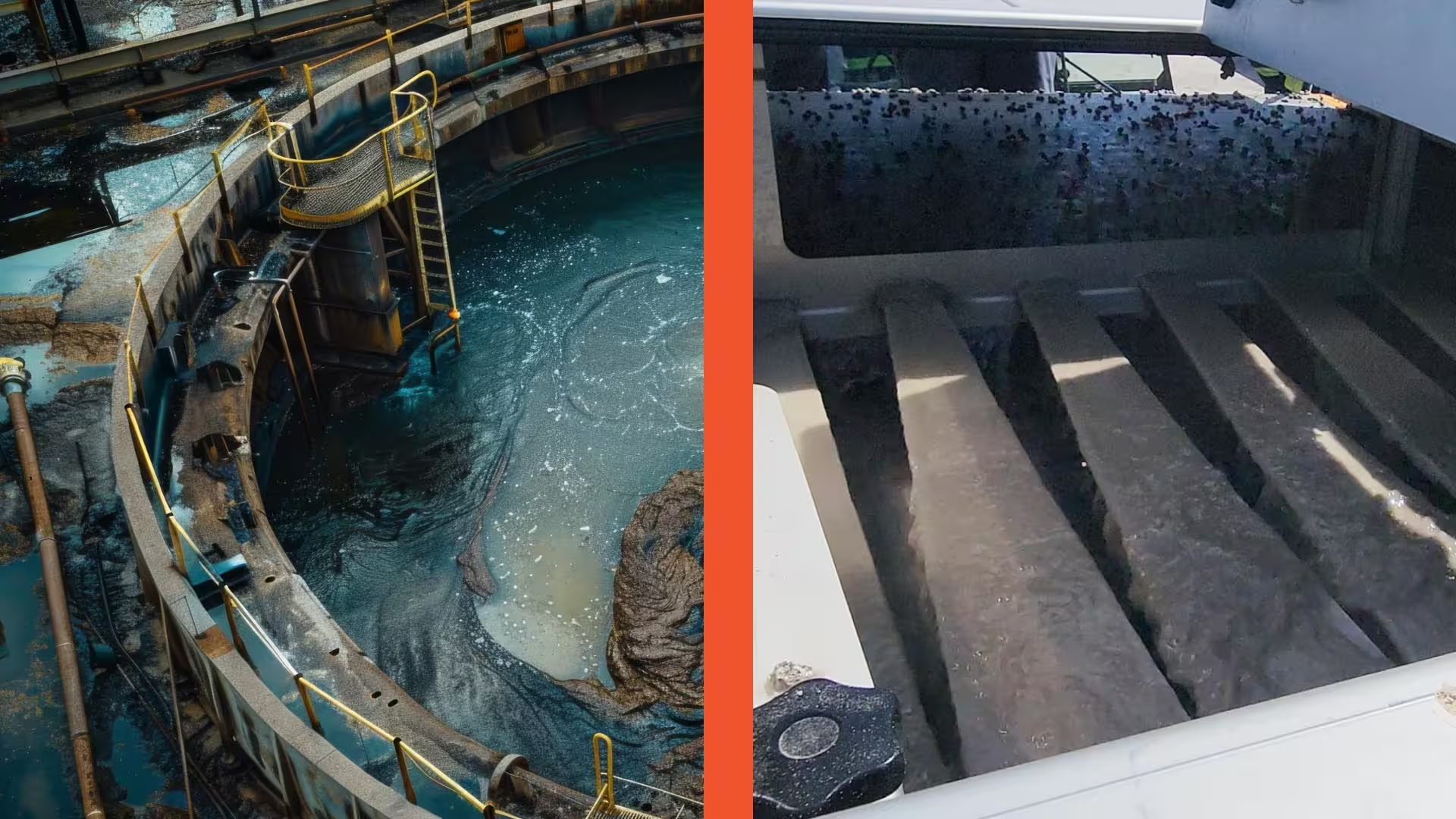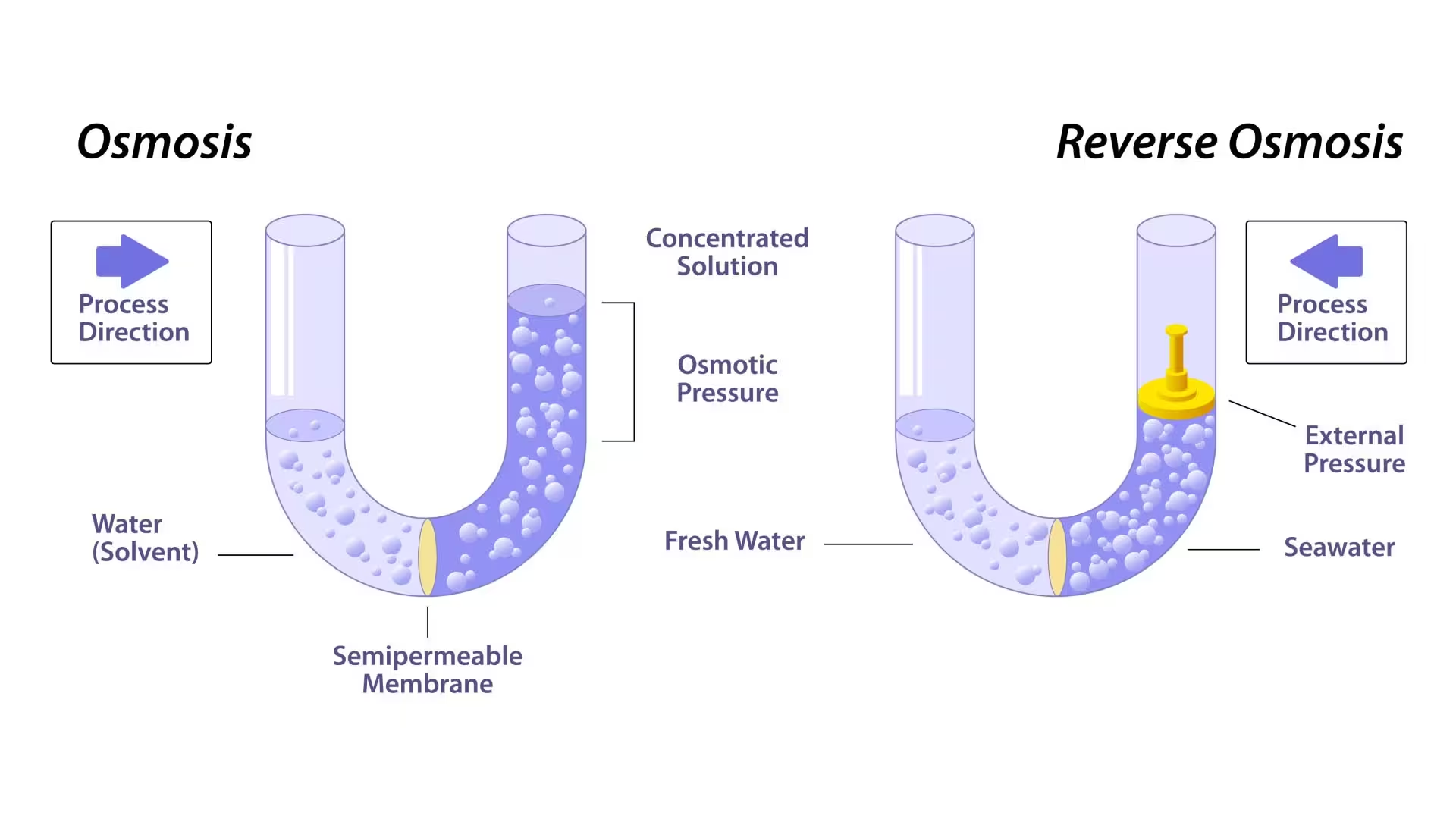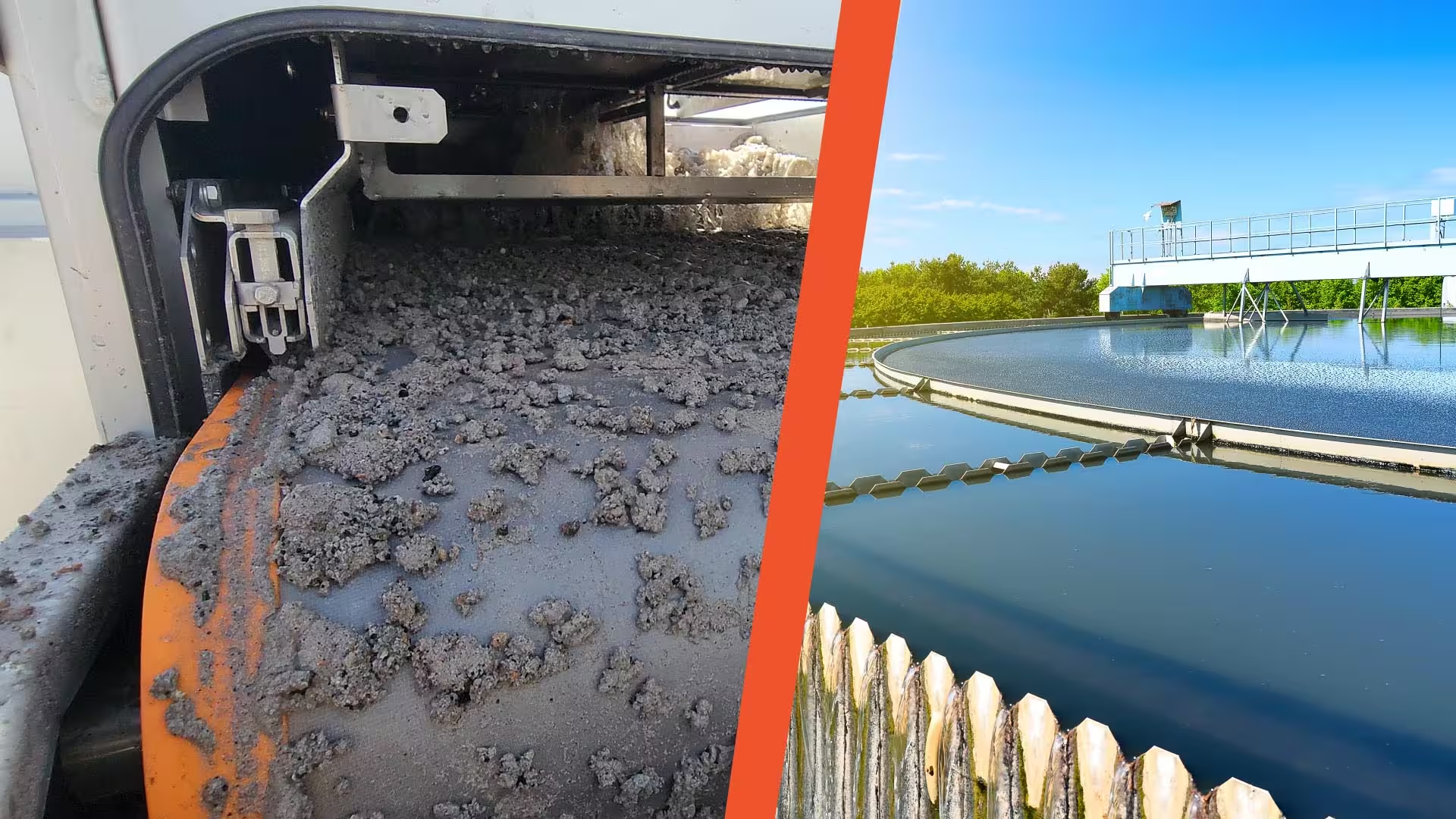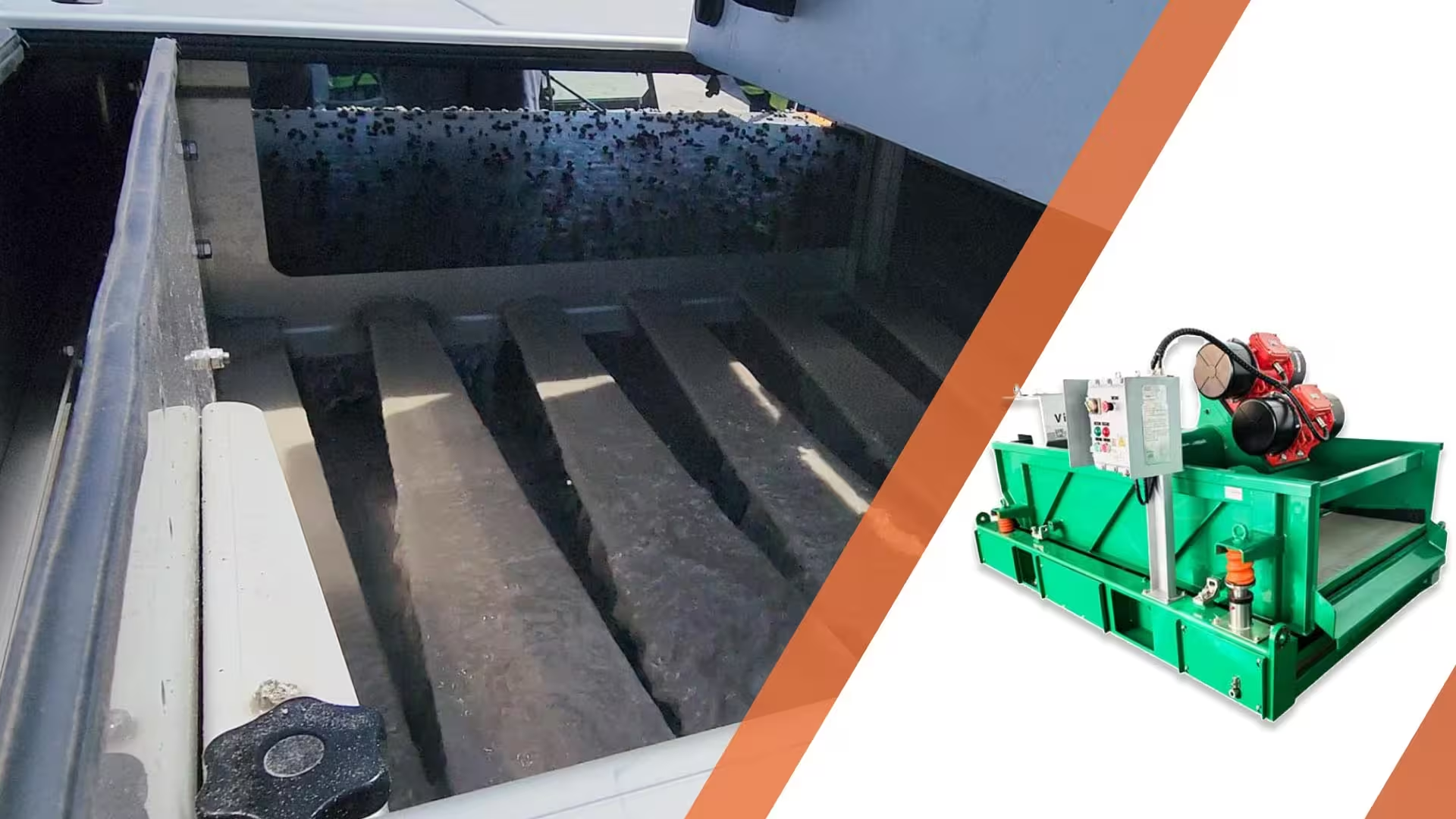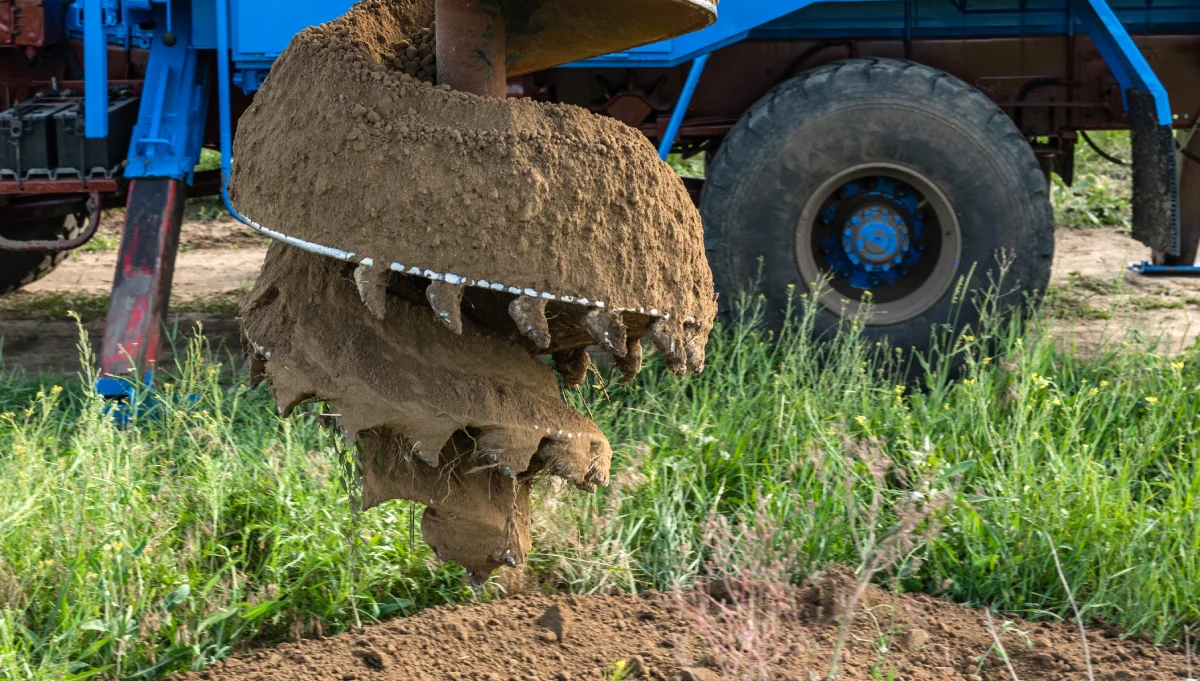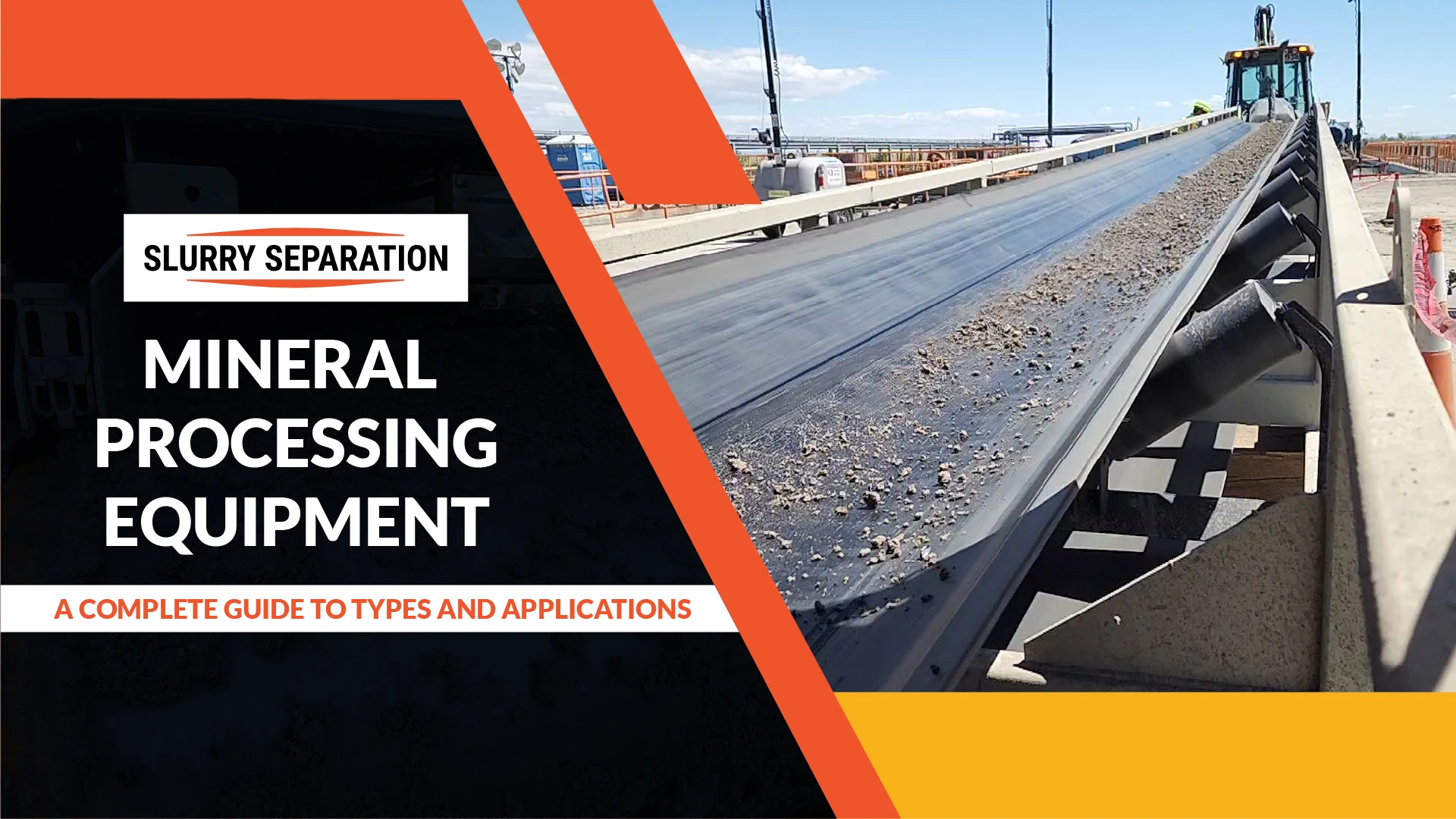Introduction
Liquid separation is a critical process in various industrial applications, playing a pivotal role in ensuring the purity of products, the safety of operations, and the efficiency of processes. Whether in water treatment, food and beverage production, pharmaceuticals, or petrochemical refining, effective liquid separation is essential for maintaining the quality and performance of industrial systems. As industries evolve and face increasingly complex challenges, there is a growing need for advanced liquid separation techniques that can address these demands, improve efficiency, and reduce operational costs. The use of specialized liquid separation equipment is becoming increasingly important to achieve these objectives.
Traditional Liquid Separation Methods
Overview of Common Traditional Methods
Traditional liquid separation methods, such as filtration, sedimentation, and centrifugation, have been the backbone of industrial processes for decades. Filtration involves passing a liquid through a medium that traps unwanted particles or contaminants. Sedimentation relies on gravity to separate solids from liquids, allowing denser materials to settle at the bottom of a container. Centrifugation, on the other hand, uses centrifugal force to separate components of a liquid mixture based on their densities. While these methods have been widely used, they are often limited by the capabilities of the available liquid separation equipment.
Limitations and Challenges of Traditional Techniques
While these methods have proven effective, they have limitations. Filtration can be prone to clogging, leading to frequent maintenance and downtime. Sedimentation is often slow and may need to achieve the desired level of separation for fine particles. Centrifugation, although more efficient, requires significant energy and can be expensive to operate on a large scale. These challenges highlight the need for more innovative liquid separation methods that can meet the demands of modern industrial applications.
Comparison with Advanced Techniques
In response to these challenges, advanced liquid separation techniques have been developed to provide more efficient, reliable, and cost-effective solutions. These techniques not only address the shortcomings of traditional methods but also offer new capabilities that can enhance industrial processes and product quality. The advent of sophisticated liquid separation equipment has further revolutionized how industries approach separation tasks, enabling higher throughput and better performance.
Membrane Filtration Techniques
Ultrafiltration (UF)
Ultrafiltration is an advanced membrane filtration technique that uses a semi-permeable membrane to separate particles from a liquid. The membrane’s pore size is small enough to retain macromolecules, such as proteins and bacteria while allowing water and smaller molecules to pass through. This method is widely used in the food and beverage industry for processes like milk protein concentration and in wastewater treatment to remove pathogens. Ultrafiltration stands out among liquid separation techniques for its efficiency and effectiveness in diverse applications.
Reverse Osmosis (RO)
Reverse osmosis is another membrane filtration technique that operates by applying pressure to a liquid, forcing it through a membrane that blocks larger molecules and ions. This method is highly effective at removing impurities, making it a preferred choice for desalination, where seawater is converted into potable water. RO is also used in chemical processing to purify liquids and concentrate valuable components. The use of specialized liquid separation equipment is essential in RO systems to ensure consistent and high-quality results.
Nanofiltration (NF)
Nanofiltration, as the name suggests, involves membranes with even smaller pores than those used in ultrafiltration. This technique is particularly beneficial for separating organic molecules from water, making it useful in the pharmaceutical and chemical industries. Nanofiltration offers a balance between filtration efficiency and energy consumption, making it a versatile option for various applications. This method is among the most advanced liquid separation techniques, often requiring cutting-edge liquid separation equipment to achieve optimal results.
Advanced Centrifugal Separation
High-Speed Centrifuges
High-speed centrifugal separation takes the basic principles of centrifugation to a new level by increasing the rotational speed, which enhances the separation of components with minimal differences in density. This technique is crucial in industries such as oil and gas, where it is used to separate crude oil from water and sediments, and in biotechnology, where it assists in the purification of biological materials. The development of high-speed liquid separation equipment has significantly improved the efficiency of this process.
Decanter Centrifuges
Decanter centrifuges are designed to handle large volumes of liquid-solid mixtures, making them ideal for applications such as sludge dewatering in wastewater treatment and the processing of food products like olive oil. These centrifuges operate continuously, separating solids from liquids with high efficiency, which reduces the need for manual intervention and increases throughput. Advanced liquid separation equipment like decanter centrifuges is essential in industries requiring consistent and high-volume processing.
Advanced Chemical Separation Techniques
Distillation and Fractional Distillation
Distillation is a time-honored chemical separation technique that involves heating a liquid mixture to separate its components based on their boiling points. Fractional distillation takes this process a step further by using a series of distillation steps to achieve higher purity levels. This method is integral to petrochemical refining, where it separates crude oil into various fractions, and in alcohol production, where it is used to concentrate ethanol. Liquid separation methods such as distillation remain critical in industries requiring precise separation and purity.
Liquid-Liquid Extraction
Liquid-liquid extraction involves separating immiscible liquids using a solvent that preferentially dissolves one of the components. This technique is particularly efficient in pharmaceutical production, where it is used to isolate and purify active ingredients, and in solvent recovery processes, where it helps in recycling valuable chemicals. The effectiveness of this method often depends on the quality and capability of the liquid separation equipment used.
Supercritical Fluid Extraction
Supercritical fluid extraction is an advanced technique that uses supercritical fluids, which are substances at a temperature and pressure above their critical points, to dissolve and separate components. This method is highly efficient and environmentally friendly, making it popular in the pharmaceutical and food processing industries for extracting essential oils, flavors, and active compounds. Among liquid separation techniques, supercritical fluid extraction is recognized for its precision and environmental benefits.
Emerging Technologies in Liquid Separation
Electrocoagulation
Electrocoagulation is an emerging technique that uses electrical currents to destabilize and coagulate contaminants in liquids, making them easier to remove. This method is gaining popularity in water treatment and pollution control due to its ability to handle a wide range of contaminants with minimal chemical usage. The integration of electrocoagulation in modern liquid separation equipment has expanded its application across various industries.
Magnetic Separation
Magnetic separation leverages magnetic fields to separate liquids and solids based on their magnetic properties. This technique is particularly useful in mining and recycling industries, where it helps recover valuable materials from waste streams. The success of magnetic separation as a liquid separation technique is largely dependent on the sophistication of the equipment used.
Hybrid Techniques
Hybrid separation systems combine multiple techniques to achieve enhanced separation efficiency. For example, combining membrane filtration with electrocoagulation can improve the removal of fine particles and reduce membrane fouling. These hybrid systems are increasingly being adopted in industrial applications for their ability to provide tailored solutions to complex separation challenges. Advanced liquid separation equipment is key to the effective implementation of these hybrid techniques.
Factors to Consider When Choosing a Separation Technique
When selecting a liquid separation technique for industrial applications, several factors must be considered, including material compatibility, efficiency, cost-effectiveness, and environmental impact. The choice of technique should be based on the specific requirements of the process, the nature of the liquids being separated, and the facility’s long-term operational goals. High-quality liquid separation equipment is essential to ensure that the chosen method performs optimally and meets industrial standards.
Conclusion
Advanced liquid separation techniques are essential for meeting the evolving demands of industrial applications. By adopting these techniques, industries can improve efficiency, reduce costs, and achieve higher levels of product purity and process reliability. As technology continues to advance, the development of new separation methods and liquid separation equipment will further enhance the capabilities of industrial processes, ensuring that they remain competitive and sustainable in the face of growing challenges.


